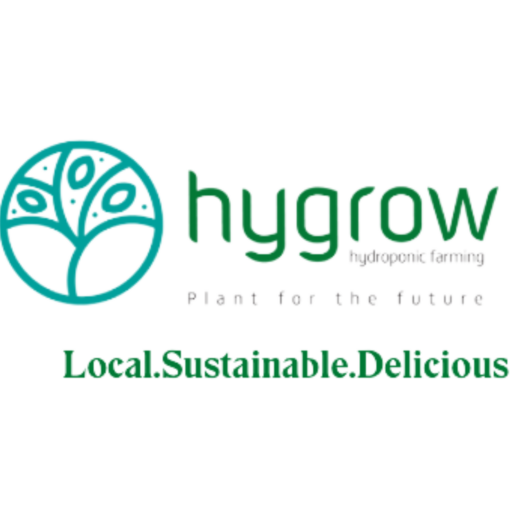
Agriculture in the United Arab Emirates (UAE) has undergone a remarkable transformation over the years, driven by advancements in technology, innovative farming techniques, and a strategic approach to food security. Here is an overview of how agriculture in the UAE has evolved:
-
Traditional Agriculture: Historically, the UAE relied on traditional forms of agriculture, primarily focused on date palm cultivation and some subsistence farming in oases. Water scarcity and arid conditions limited the variety and scale of crops that could be grown.
-
Introduction of Modern Techniques: In the mid-20th century, the UAE began introducing modern agricultural practices, including the use of groundwater for irrigation. This allowed for increased cultivation of crops like vegetables, fruits, and fodder for livestock.
-
Desalination Technology: The development of desalination technology was a significant milestone in the evolution of UAE agriculture. It enabled the conversion of seawater into freshwater, which is crucial for irrigating crops in a water-scarce region.
-
Expansion of Greenhouse Farming: To mitigate extreme temperatures and water scarcity, the UAE embraced greenhouse farming. These controlled environments allowed for year-round production of high-value crops such as tomatoes, cucumbers, and strawberries.
-
Hydroponics and Vertical Farming: The UAE has been at the forefront of adopting hydroponic and vertical farming techniques. Hydroponics involves growing plants without soil, using nutrient-rich water, while vertical farming maximizes space by growing crops in stacked layers. Both methods save water and space, making them well-suited for the UAE’s conditions.
-
Investment in Research and Development: The UAE government has invested significantly in agricultural research and development, collaborating with international institutions and experts to find innovative solutions for sustainable food production in arid environments.
-
Advanced Irrigation Systems: To optimize water use, the UAE has implemented advanced irrigation systems like drip irrigation and the use of treated wastewater for agriculture.
-
Investment in Food Security: Recognizing its vulnerability to food supply disruptions, the UAE has made food security a top priority. The country has invested in overseas farmland and agribusinesses to secure food imports and diversified its crop production to reduce reliance on imports.
-
Promotion of Organic Farming: In recent years, there has been a growing interest in organic farming in the UAE. Organic farms are using sustainable practices, avoiding synthetic chemicals, and producing healthier, chemical-free produce.
-
Research into Saline Agriculture: Given the prevalence of saline soil in the UAE, research into salt-tolerant crop varieties and saline agriculture techniques has gained attention. These initiatives aim to make use of land that would otherwise be unproductive.
-
Shift Toward Vertical Integration: Some UAE agricultural companies have adopted a vertical integration model, encompassing various aspects of the food supply chain, from farming and processing to distribution, to ensure a more reliable and efficient supply of fresh produce.
